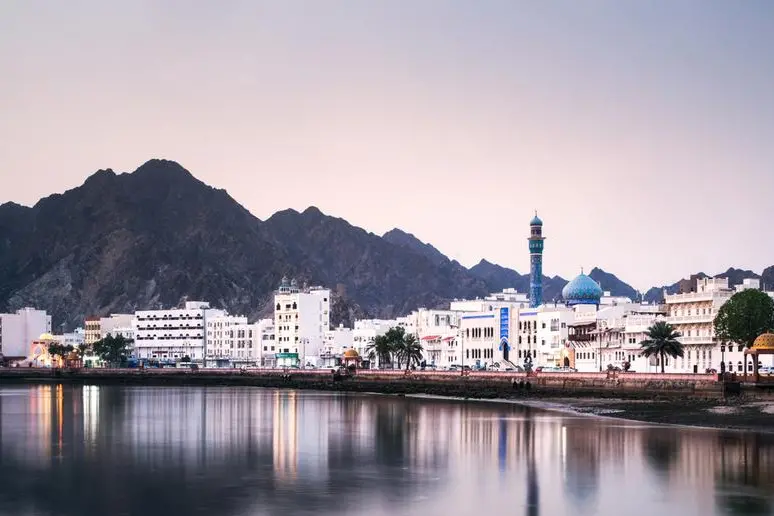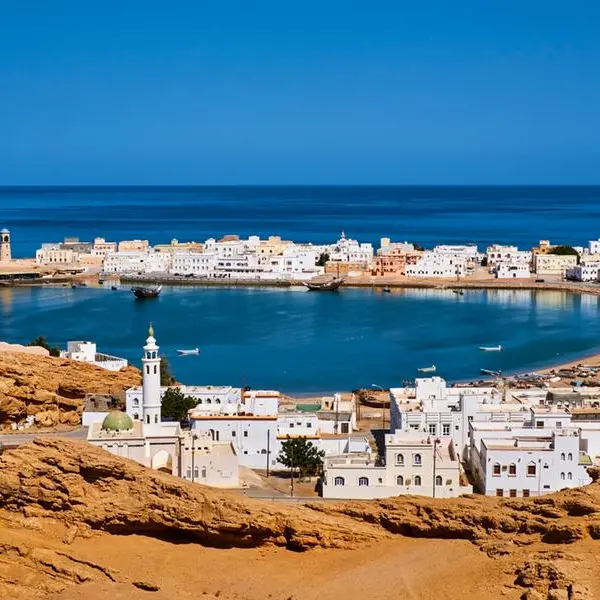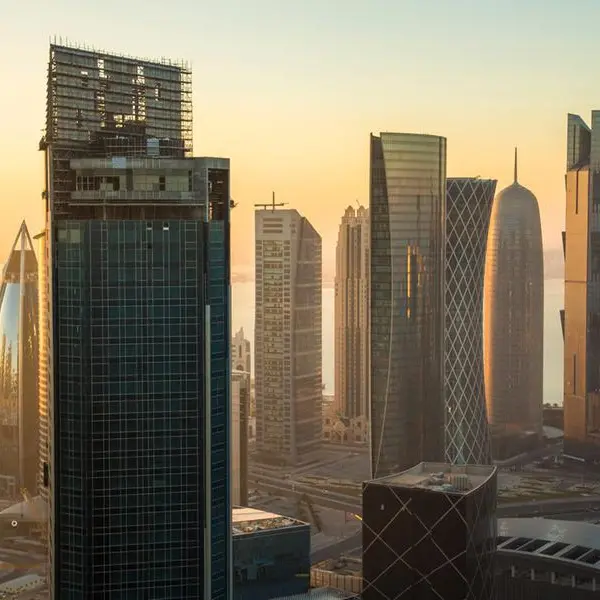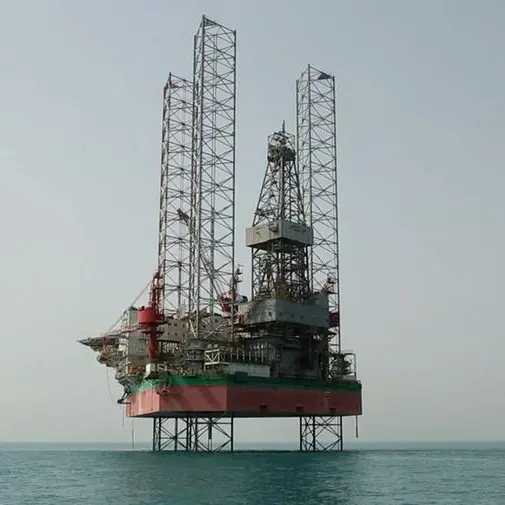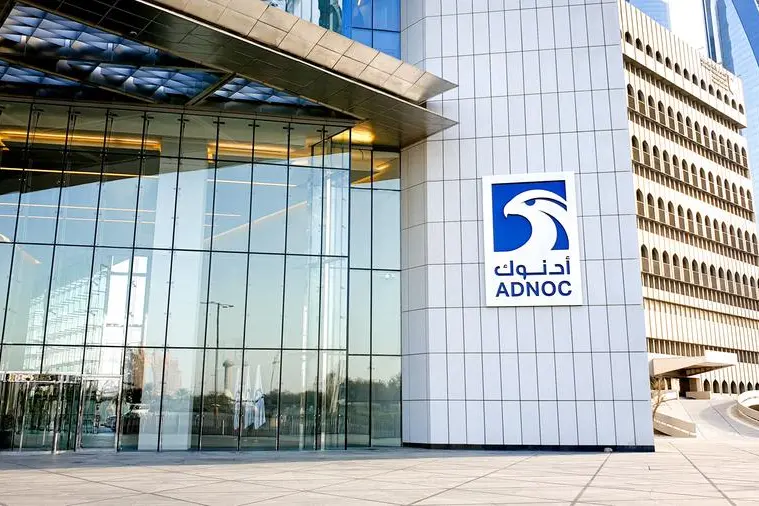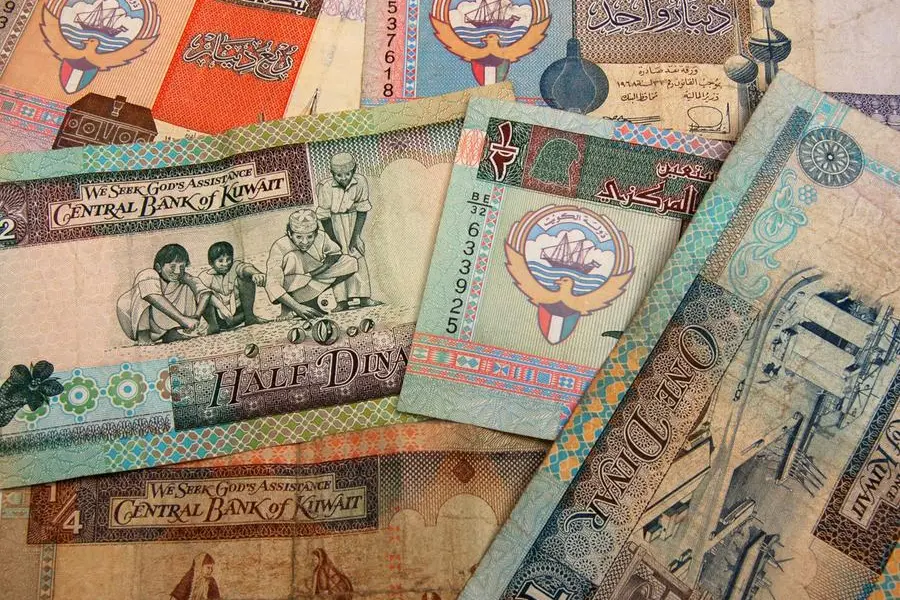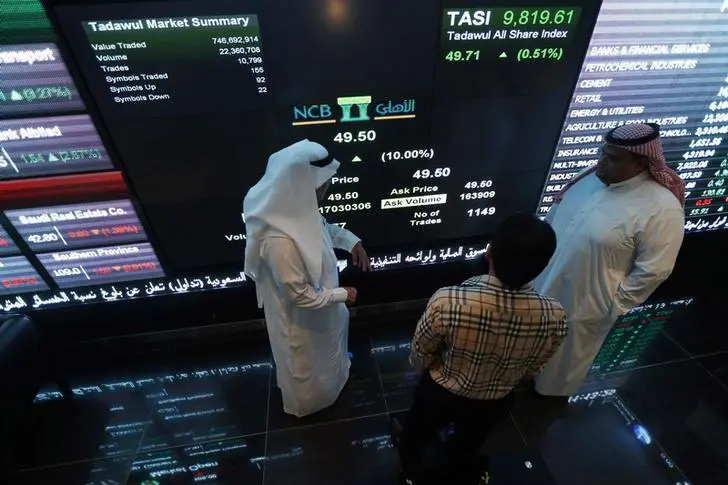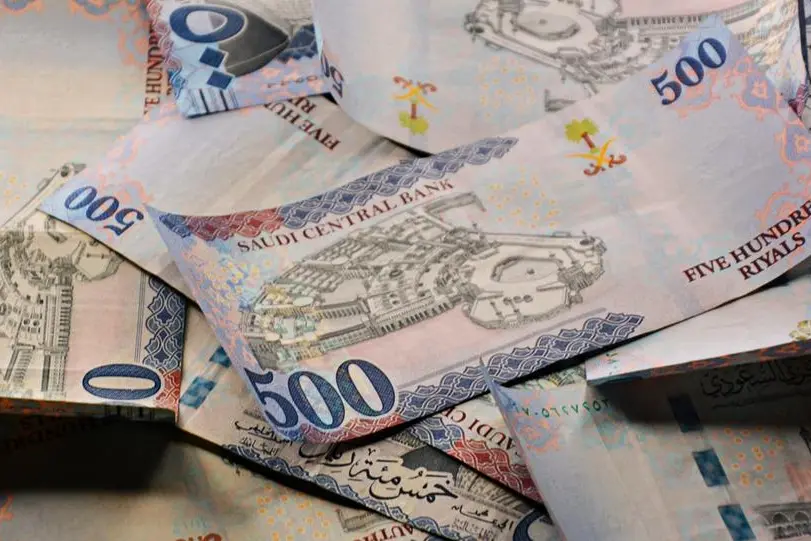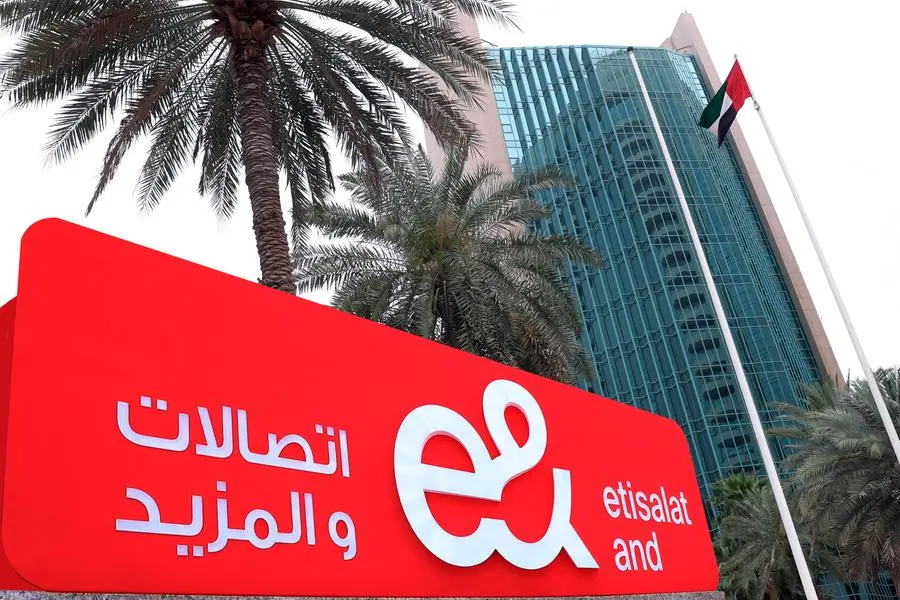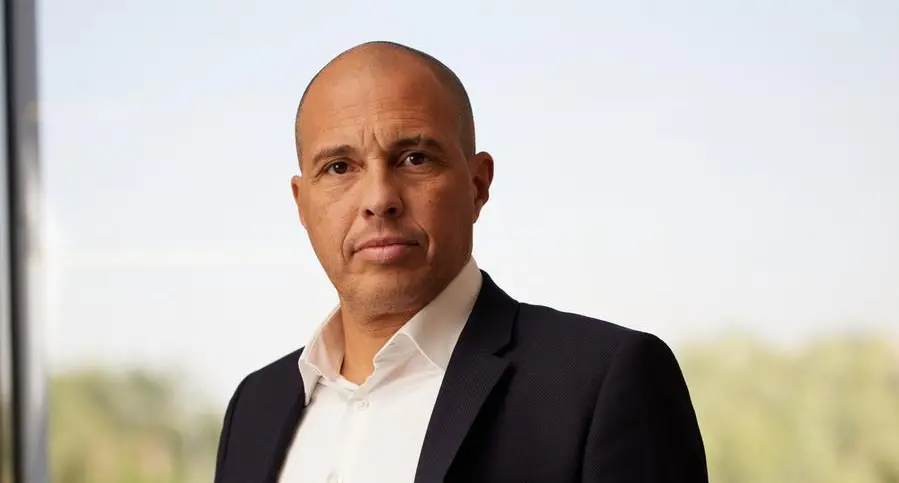PHOTO
The first quarter results for 2025 are out, with strong sector-wide performance, continuing the growth witnessed in 2024. The financial sector remained resilient, fueled by robust banking activity, while the industrial sector posted consistent gains compared to the same period last year, driven by strength in manufacturing and construction. Despite a fresh IPO, the service sector saw a drop in profitability, as energy companies underperformed.
The financial sector recorded strong growth during the year, led by a robust performance in the banking industry with further increases in lending volumes. Although Bank Muscat continued to lead the sector, posting a profit of RO 58m, up from RO 54m, Sohar Bank reported a decline in profitability, with profits falling from RO 25m to RO 21m, largely due to a drop in net interest income. Although recent U.S. tariffs may introduce greater market volatility, particularly affecting equities and interest rates, banks in Oman have stated publicly that they do not expect any direct impact on their activities or investments. The insurance sector experienced a strong recovery, led by LIVA Group’s impressive turnaround, posting a profit of RO 4m compared to a loss of RO 661K in the previous year. Leasing companies, recorded modest but consistent growth in profitability.
The industrial sector has shown commendable resilience compared to the previous year, marked by notable growth driven primarily by the manufacturing segment. In the construction space, Galfar Engineering reported a loss of RO 675K, a reversal from the RO 199K profit recorded in the prior year, due to reduced revenues and rising operational costs. Raysut Cement continues to face headwinds but has made progress in reducing its financial losses, posting a loss of RO 1.8m down from RO 2.6m during the corresponding period last year. Jazeera Steel and Oman Cement have remained the key pillars of profitability within the sector. The manufacturing subsector exhibited a mixed performance, with Dhofar Foods posting a strong profit of RO 475K, marking a turnaround from small loss in the prior year. Oman Refreshments, which remaining impacted by a GCC-wide consumer boycott of American products, managed to reduce its losses substantially from RO 1.5m to just RO 125K. Meanwhile, Voltamp Energy, Oman Cables, and Oman Flour Mills sustained high profitability, reinforcing their role as key pillars supporting the manufacturing sector’s overall resilience and growth.
The service sector, encompassing energy, oil and gas, tourism, and other diversified, recorded an overall decline of 8%, largely driven by losses in the energy industry during the first quarter amid seasonally low electricity demand. Among the few profitable entities in the subsector were Abraj Energy and Sembcorp. The Muscat Stock Exchange (MSX) witnessed a successful IPO from Asyad Shipping, which was oversubscribed 1.4 times and raised RO 128m. The company reported a quarterly profit of RO 11m, marginally lower than RO 12m in the prior period. Within the oil and gas sector, OQ Exploration & Production remained the most profitable company listed on MSX, posting a profit of RO 75m, albeit compared to RO 82m previously. Meanwhile, OQ Base Industries saw profits rise substantially to RO 13m from RO 7m. The Oman’s hospitality sector experienced a 20% decline compared to the previous year, with profitability continuing to be pressured by intense competition and market saturation.
[This article was written by Karl Jackson, an Audit, Assurance and ESG Partner with Crowe Oman karl.jackson@crowe.om and is based on financial data published by the Muscat Stock Exchange.]
Karl Jackson 2022 © All right reserved for Oman Establishment for Press, Publication and Advertising (OEPPA) Provided by SyndiGate Media Inc. (Syndigate.info).
Karl Jackson
